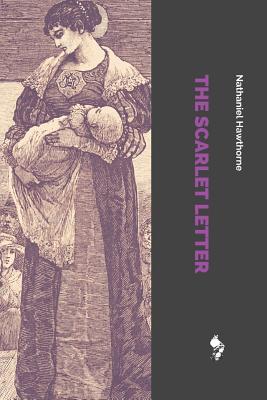

She notices a man and suddenly realizes that it is her husband, who at this point she believed to be dead. While Hester stands on the scaffolds, she looks out across the crowd. The reader will not find out the identity of Hester’s lover until the end of the novel, although I personally understood who it was pretty early on. Even after much cajoling from the townspeople, governors, and religious leaders of the town, she refuses. The reader soon understands that Hester has not given up the name of the father of her baby. Hester is required to stand before the town in shame for 3 hours as a punishment, and she must wear the red “A,” or, “scarlet letter” for the rest of her life. She also wears an elaborately embroidered red “A” on the front of her dress, which the reader can assume stands for “adulteress,” although Hawthorne never explicitly says the word. The book opens with a scene of Hester being released from prison with her newborn baby in her arms, on the way to the town scaffold to be put on display. She has also just given birth to a baby out of wedlock and is therefore being persecuted by her fellow townsfolk. By the time we meet Hester, years have gone by since she arrived in New England, and her husband hasn’t shown up yet. She is a married woman who came over to the colony before her husband. Hester Prynne is the main character and heroine of the story. The colony portrayed by Hawthorne is an excellent example of the high standards that Puritans were expected to live by, and how these pressures can have a negative impact on a group of people. Puritans are notorious for their staunch religious beliefs, prudish sentiments, and harsh criticisms. The Scarlet Letter (published for the first time in 1850) takes place in the Puritan Massachusetts Bay Colony in New England in the 1640s.

If you’ve never read the story, I’ll give you a little bit of background information before I dive in. The Scarlet Letter may have been written by a man, but the novel’s main character, Hester Prynne, is a strong female character, and I’d like to argue that Hawthorne gave her a very feminist mindset and attitude from the very start of the story. I’m sure many of you had to read this novel as a teenager, and I’m sure even more of you have seen the movie Easy A, which is loosely based on the book. Like most of the books I have reviewed so far, The Scarlet Letter is a classic. While The Scarlet Letter by Nathaniel Hawthorne obviously does not fit into this criteria, I felt strongly that I needed to review it through a feminist lens this month. The Mistress of the House of Books is all about putting the spotlight on womxn writers.


 0 kommentar(er)
0 kommentar(er)
